Russia Flexes Its Regional Muscle As Arctic Ice Melts
It was August 2, 2007. Russian explorers in two mini-submarines dived deep below the North Pole and planted their country's flag on the seabed. This not-so-subtle assertion of Moscow's claims to the Arctic was criticized by other countries, especially those that also have an interest in the region.
Due to climate change, the Arctic is becoming more accessible and therefore more attractive for the countries that encircle it. Which countries have claimed parts of the Arctic? What do they need to enforce these claims? And what does Russia hope to achieve in the region?
Who Owns The Arctic?
Over the past three decades, several countries encircling the Arctic, including Canada, Denmark, Norway, and Russia, have claimed various parts of it. Some of these claims overlap and have yet to be resolved. Here's a look at which parts of the Arctic have been claimed and by whom.
Claims To The Arctic
(By country)
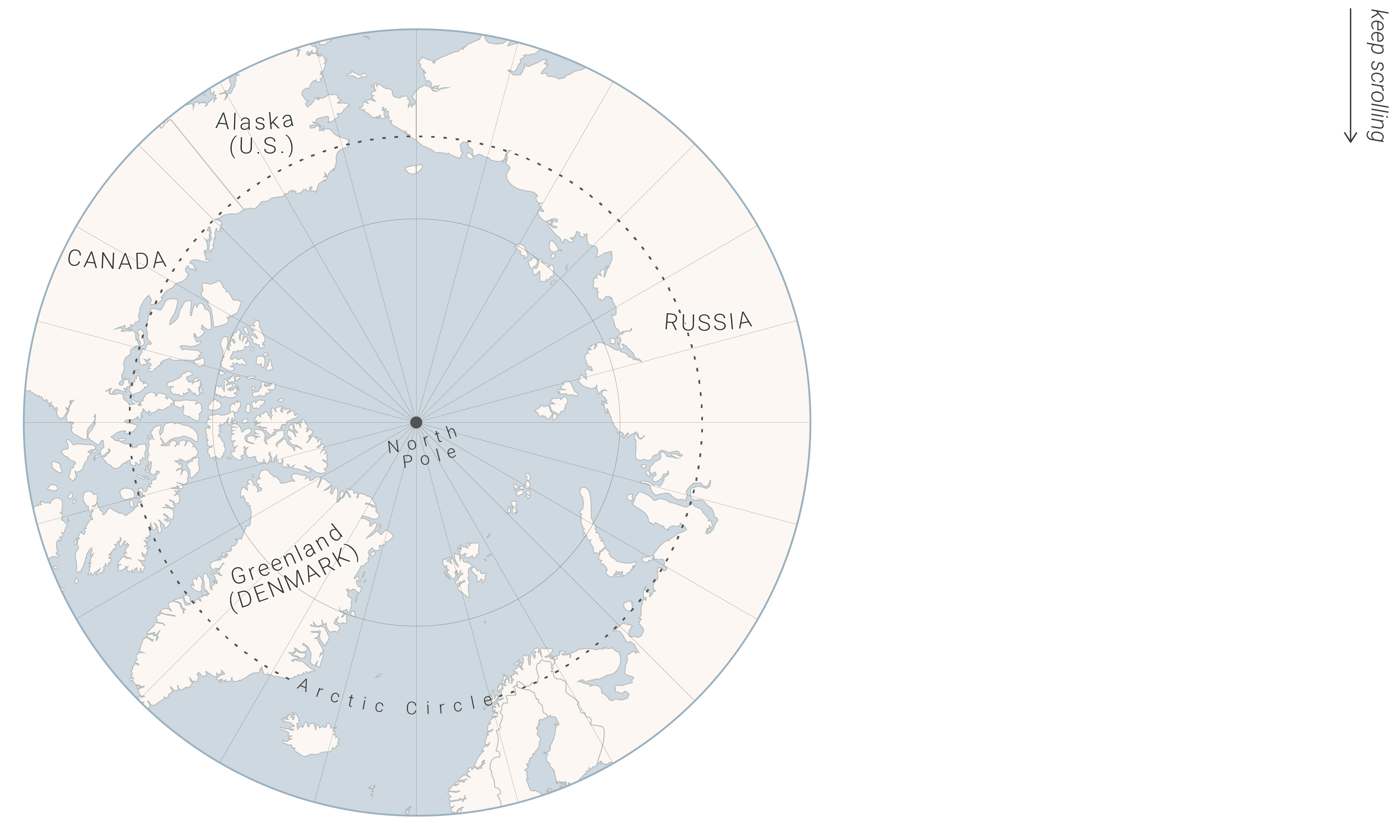

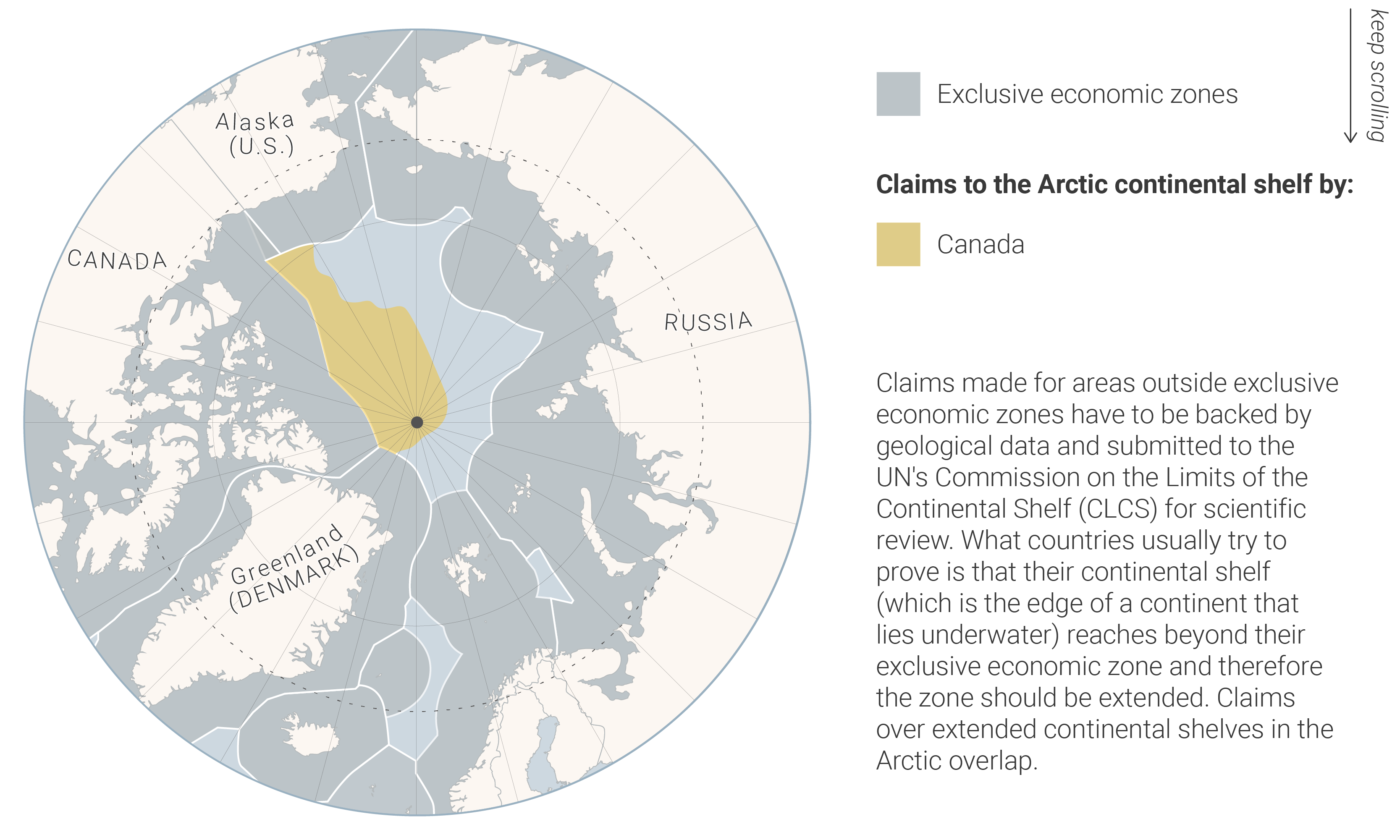

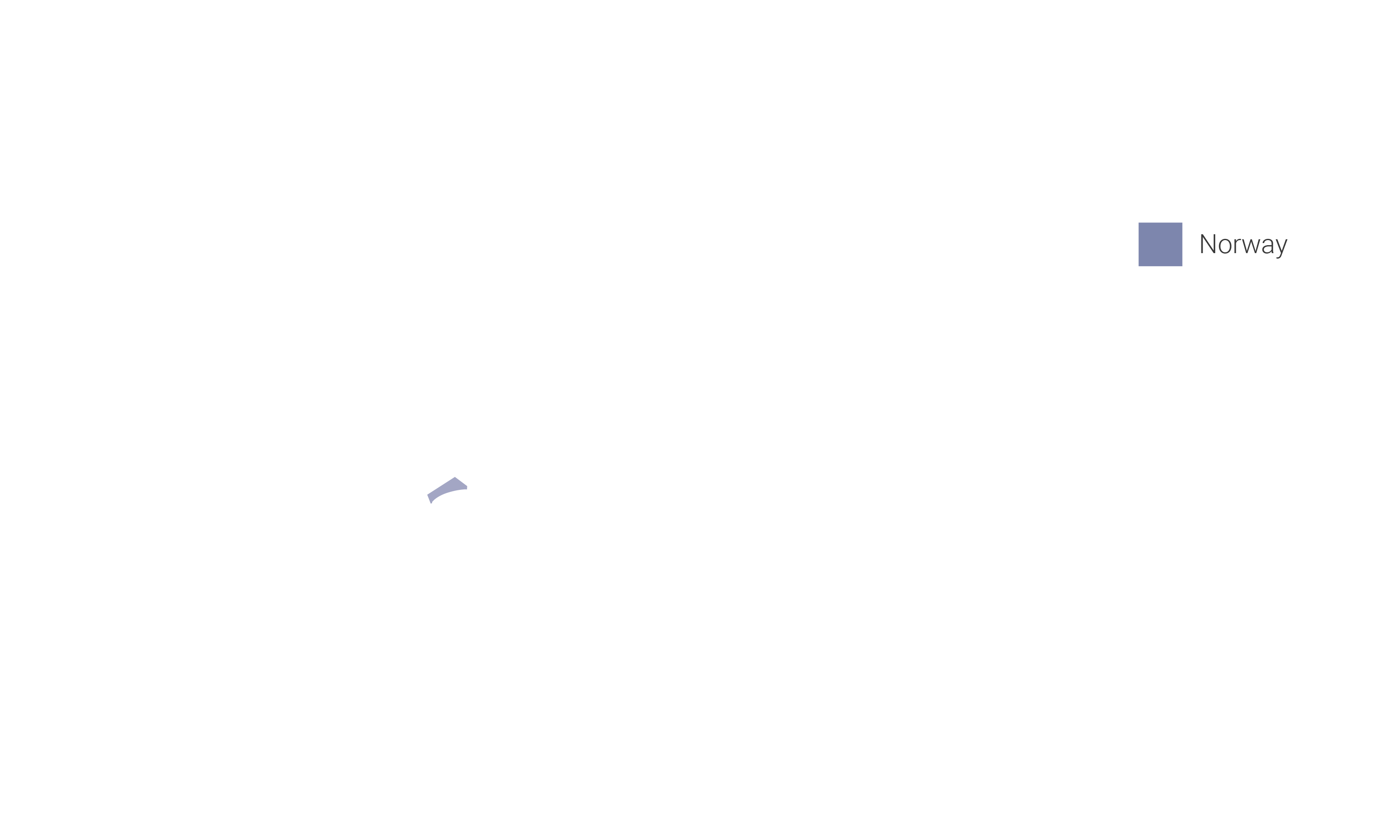
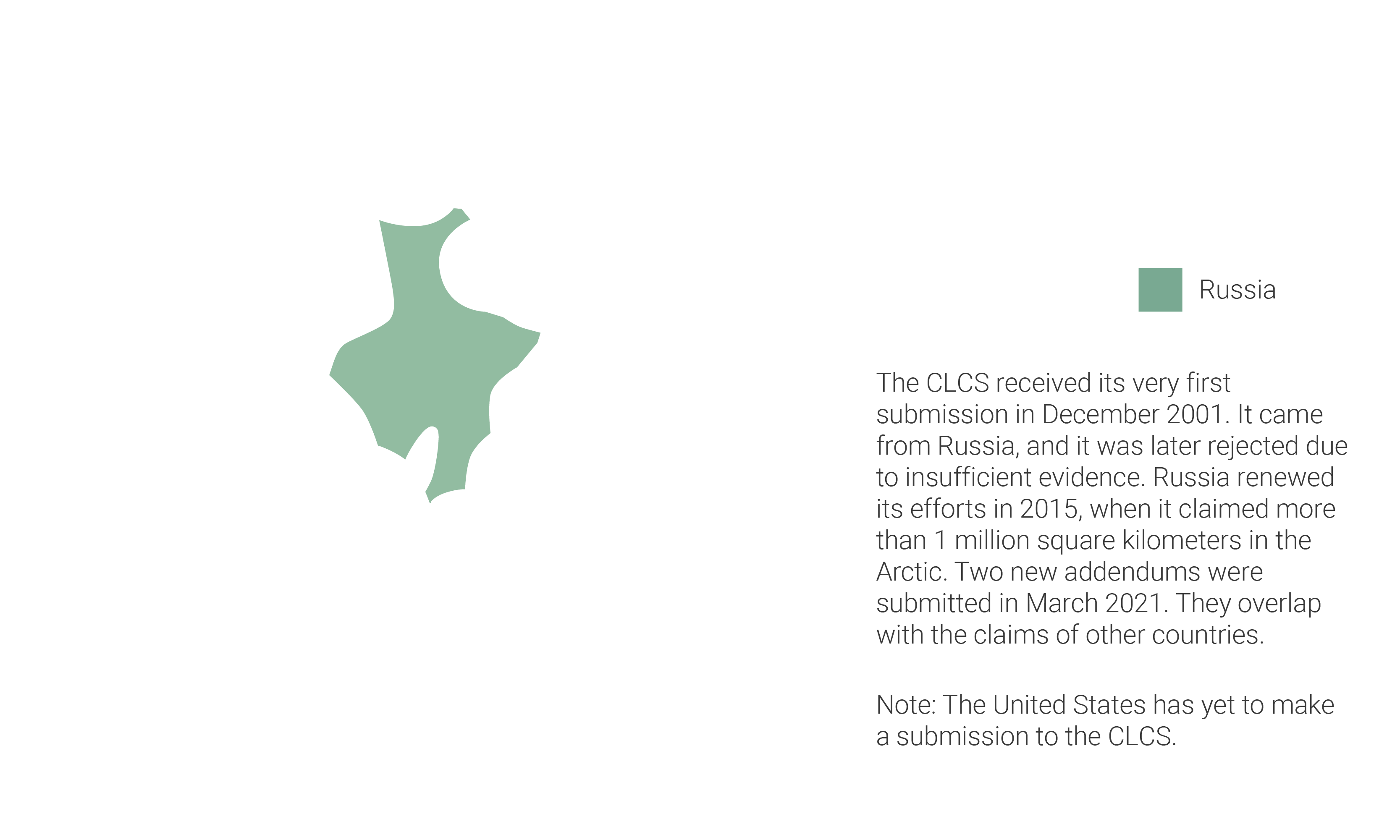
Claims To The Arctic
(By country)

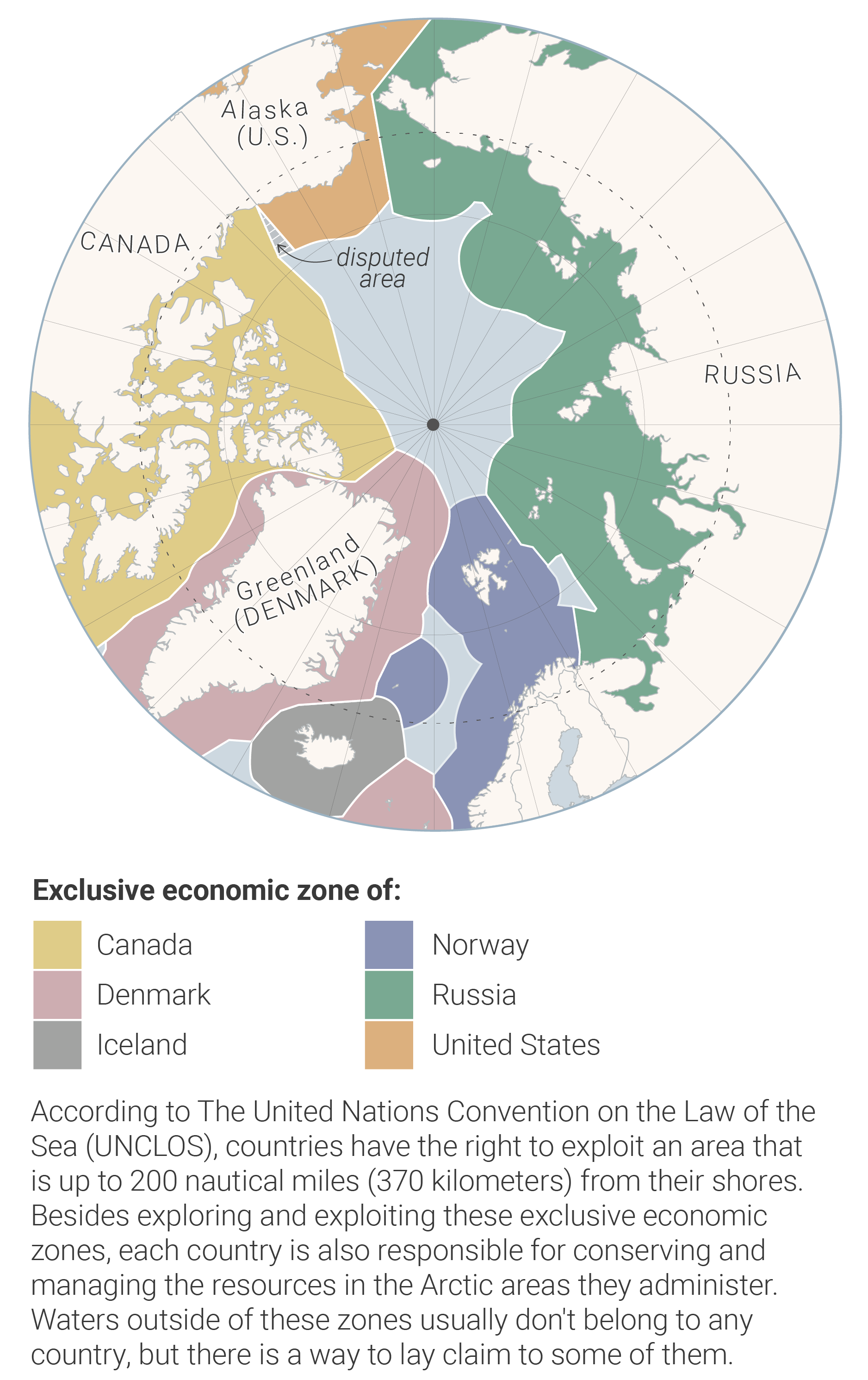

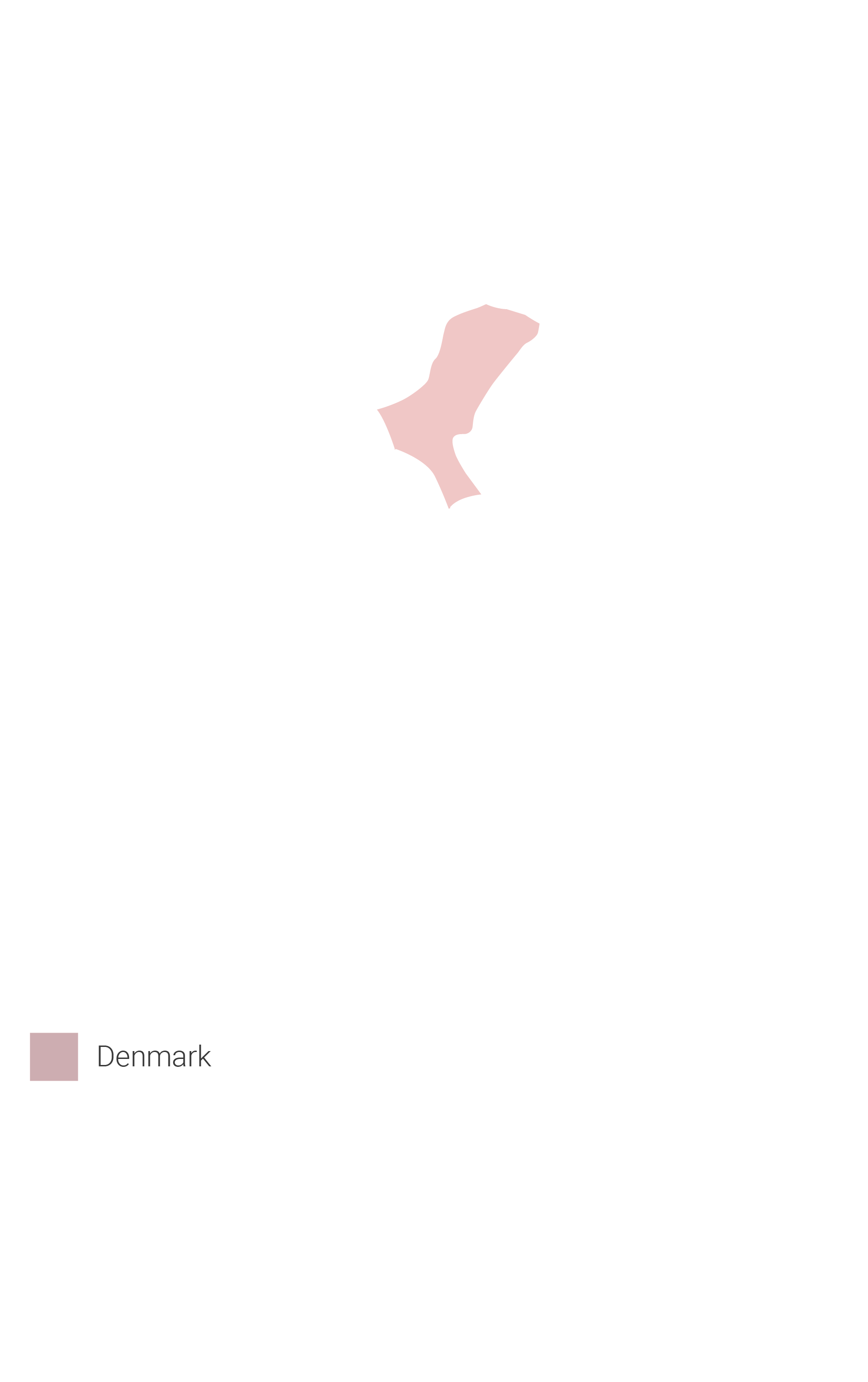
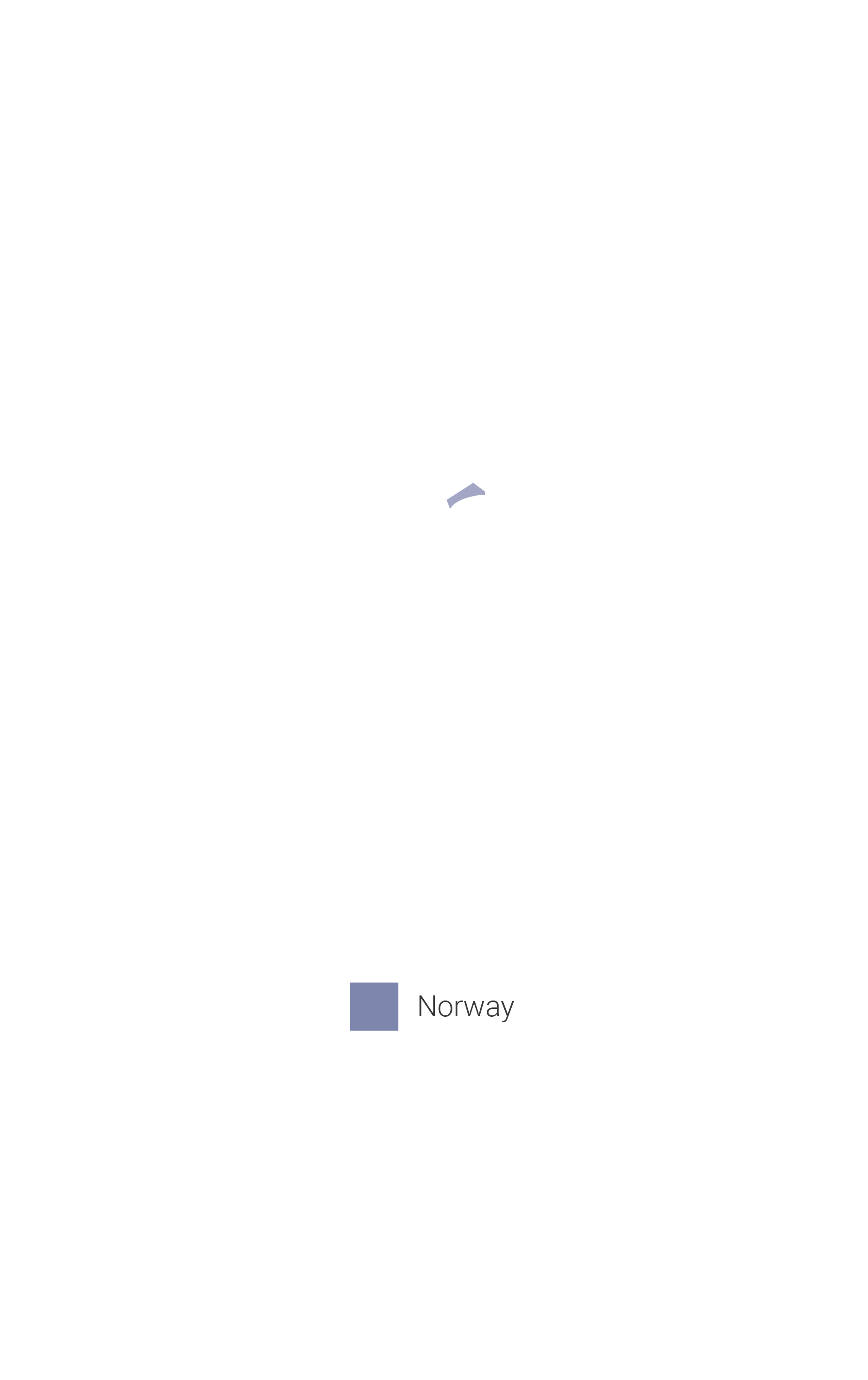
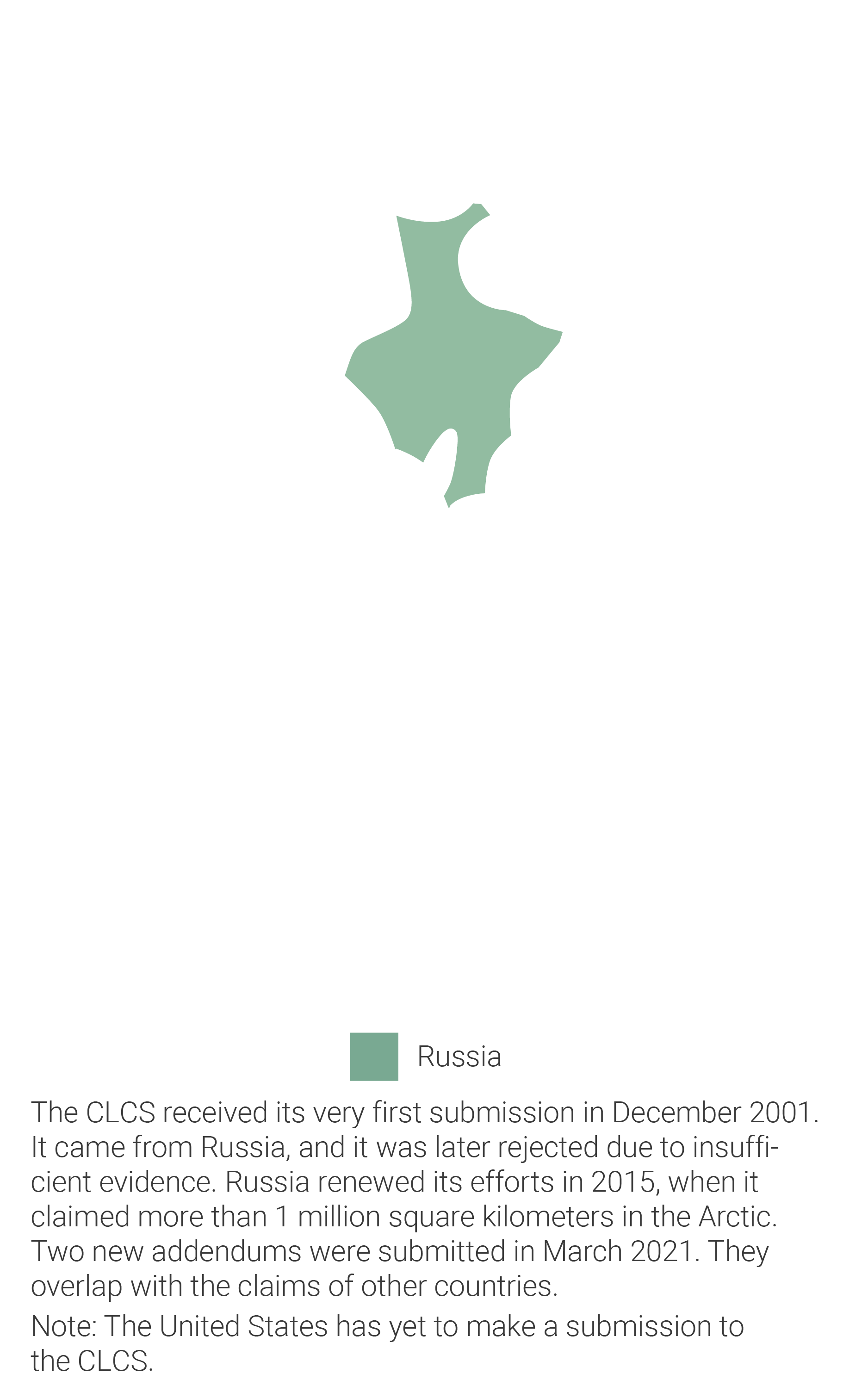
Why Is Russia Interested In The Arctic?
So why does Russia claim parts of the Arctic? The region seems to be attractive for several reasons. According to some estimates, up to one-quarter of the world's undiscovered oil and natural gas might be located there. It is also a strategic place when it comes to trade routes, specifically the Northern Sea Route, and military control of the region. And let's not forget that Russia's coastline accounts for 53 percent of the total Arctic Ocean coastline and its population in the area is about 2 million people, which is about half of the people living in the Arctic worldwide.
Natural Resources
According to Russia's latest plan, issued in March 2021, the country plans to boost its production of liquefied natural gas to 140 million tons by 2035 -- which is almost five times more than in 2020. It is estimated that about 90 percent of Russia's gas resources are located in the Yamal-Nenets region in the Arctic and there is probably undiscovered oil and gas even further to the north.
Northern Sea Route
Another reason why Russia claims part of the Arctic is the Northern Sea Route. It is one of several Arctic shipping channels and it lies mostly within Russia's exclusive economic zone.
In the past, the route was accessible only several months a year, usually between July and November, but this has changed due to global climate change and ice in the area being at a historic low. Last year's shipping season was the longest on record when a tanker made a trip through the Arctic Sea in May 2020 and then completed a return journey in February 2021.
Taking the Northern Sea Route can cut journey times (from St. Petersburg to Seoul, for example) by up to two weeks, compared to the traditional Suez Canal route, and some believe that it could become a viable alternative.
Northern Sea Route
(Compared to the Suez Canal Route)
Distance is not the only factor, though. The Northern Sea Route puts great demands on ships, as they need special equipment for the harsh Arctic conditions or even assistance from icebreakers. It's also very onerous for the crews manning the ships, who might need to work during polar nights and get ice-navigation training, for example.
There are also ecology-related concerns, such as the fact that increased shipping could disrupt local habitats. The risk of oil spills in the Arctic would increase as well, and the region's remoteness would make it difficult to respond to such incidents.
Nevertheless, Russian President Vladimir Putin issued a decree in 2018 ordering an increase in cargo traffic to 80 million tons by 2024, which would be almost 70 million tons more than in 2017. The country hopes that the route could eventually be accessible year-round, but this is not expected to happen before 2025.
Military Strength
As more areas in the Arctic become ice-free, Russia is becoming increasingly worried about potential territorial vulnerabilities in its Far North. Therefore, it plans to bolster its military presence there, according to a decree issued in October 2020. From the Russian perspective, natural barriers that used to protect the country's border in the past might disappear and therefore it needs to take action.
Expansion work on Russia's northernmost air base, Nagurskoyene, is one of the latest examples of Moscow's increased military activity in the region. Located on an island in Alexandra Land, it is inhabited by military personnel only. The facility covers more than 14,000 square meters and can sustain itself independently for over a year, according to some reports. Recently, the runway was extended so Russia can now land and refuel most of its military aircraft there.
What Else Is Russia Doing To Secure Its Position In The Region?
Besides strategic military activities and promoting the Northern Sea Route, Russia has also developed the world's first floating nuclear reactor. In 2019, it completed a 5,000-kilometer journey from Murmansk to its permanent location in Pevek. Akademik Lomonosov, as the reactor has been named, was designed to supply remote communities with power. The concept of a nuclear reactor stationed in the Arctic Sea raised safety concerns among environmentalists, some even dubbing it "Chernobyl on ice".
Russia also has possibly the largest fleet of more than 40 icebreakers, including the Arktika, which the country describes as the world's largest nuclear icebreaker. Icebreakers are generally used to clear paths from ice for more fragile vessels, but some have also been used for scientific purposes and even tourist cruises to the North Pole.
...But What About The Environment?
While the Russian Arctic Strategy mentions the vulnerability of ecological systems to external influences and global climate change, it also says higher temperatures can bring more economic opportunities and Moscow doesn't seem too concerned about thawing ice.
Besides these risks, there is also the threat of oil spills. According to data from the Russian Energy Ministry, there were more than 17,000 fuel leaks (mostly from aging pipelines) in Russia in 2019, including those in the Arctic. While leaks happen in many countries around the world, Russia usually records more spills than any other oil-rich state. The clean-ups are often very difficult due to the Arctic's remoteness and a lack of high-quality cleaning equipment.
Russia also needs to deal with nuclear dumping grounds in the area. For example, the Kara Sea has the highest concentration of radioactive and nuclear waste in the world's oceans, as many decommissioned submarines and other nuclear materials were dumped there by the former Soviet Union.
In May 2021, after two years with Iceland at the helm, Russia took over the chairmanship of the Arctic Council, which consists of eight Arctic states and addresses local issues. In the past 24 months, the council has mainly focused on sustainability in marine life, green energy, and local communities. It is yet to be seen what regional challenges Russia will address.